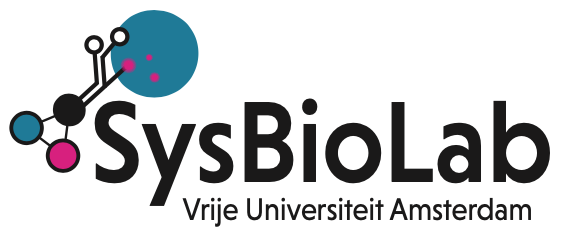Nitrogen limitation found as reason for lactate production
Nitrogen composition determines the amount of lactate produced by yeast Lachancea thermotolerans in wine fermentations. Here we describe this phenomenon for the first time in the journal Food Microbiology. Knowledge about the role of nitrogen in the fermentation process of wine with yeast Lachancea thermotolerans may lead to improved wine fermentations.
Lactate in wine fermentations
The amount of sugar in grapes increases due to increased temperatures. When sugar gets fermented in wine fermentation, the main product is alcohol. Therefore, higher build up of sugars in grapes is leading towards an increased alcohol content in wine. These disturbances in grape production ask for new innovations within the wine fermentation to produce good quality wine. A promising species in wine fermentations is the yeast Lachancea thermotolerans. This specific yeast ferments the sugar from grapes into both lactate and alcohol, leading to a lower final alcohol content.
Before I started my PhD, Chrats and colleagues were studying the lactate production of Lachancea and noticed something peculiar. Lactate was not produced throughout the fermentation, but the production only started after a specific point in time. What’s more, this observation varied per Lachancea strain. An exhaustive search into the strain differences and the cause for lactate production is what followed.
Multidisciplinary learning curve
Fortunately, my new colleagues from Teusink Bruggeman Lab are no stranger to finding answers to complex biological questions. Therefore, a mirage of data were generated, ranging from growth studies, genomics, transcriptomics and metabolomics in order to unravel this unique phenotype. This is where my journey started, overloaded by data and with the need to perform multidisciplinary research.
Feeling a bit overwhelmed at first, I was glad to start putting the pieces together with some help. When it comes to bioinformatics I had the full support from Chrats. I was looking for a needle (the reason for lactate production) in a transcriptome stack. After hours of coding in R, Chrats and I came up with a pipeline to analyze the data in an organized manner. This gave us valuable hints on the location of our needle, yet the specific reason for lactate production remained elusive.
Christmas presents
When it comes to studying metabolism of a new species, kickstarting this process can be done with genome-scale metabolic models. Some would call these models a fancy book-keeping tool for metabolism. Together with the help of my supervisor, Bas, and an experienced colleague, Sebastian, we constructed the very first model for Lachancea.
After months of analysis, coding, more analysis, more coding, and discussing the lot, we were able to deduce that nitrogen must be the only limiting factor when lactate was starting to be produced! Finally I could take our brand new hypothesis back to the lab! Between Christmas and New years eve, when the lab is at its quietest, we gave Lachancea some additional nitrogen. Like a Christmas present, the nitrogen influenced the lactate production as expected. To fit the last pieces of the puzzle we contacted our collaborator from Chr. Hansen, Ahmad Zeidan. Lars Schreubers, measured the nitrogen content and with that we verified our hypothesis.
This led to the conclusion that Lachancea thermotolerans only start to produce lactate when nitrogen becomes limiting.
Author: Julius Battjes
Publication: https://doi.org/10.1016/j.fm.2022.104167

Recent Comments